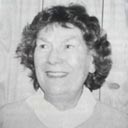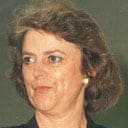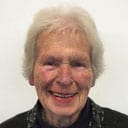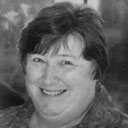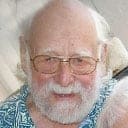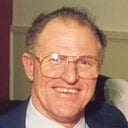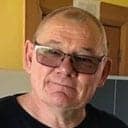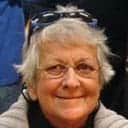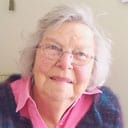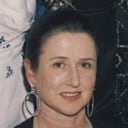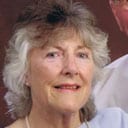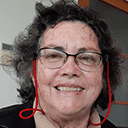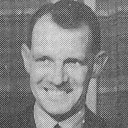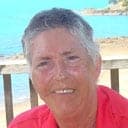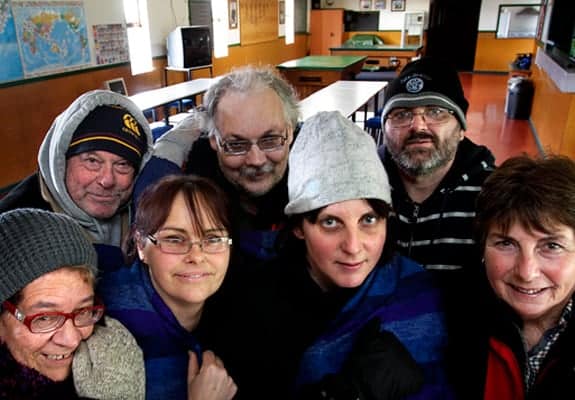New Zealand Deaf News: Winter 1989 (Vol. 23. No. 2)
Some of the items featured in the Winter 1989 (Vol. 23, No. 2) issue of ‘New Zealand Deaf News’:
- Phil Harper from Australia runs a Deaf Leadership Training Skills Courses and Camps in Auckland, Wellington and Christchurch, funded by Sir Roy McKenzie.
- The research for interpreter training is nearly completed. The National Foundation for the Deaf will be making copies of Pat Dugdale’s report.
- The annual general meeting of the NZ Deaf Communication Network was held in Auckland. A representative from Telecom came and showed how a fax machine worked. The device costs around $2000.
- Manawatu Deaf Society now has its own Club, finally! The building was brought up to Palmerston North from Waikanae.
- Deaf Organisations
- TV/Media





